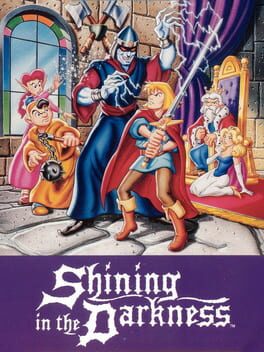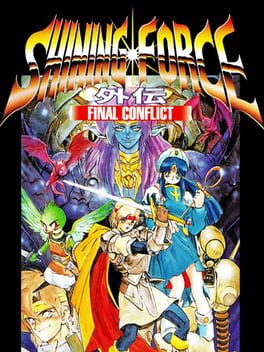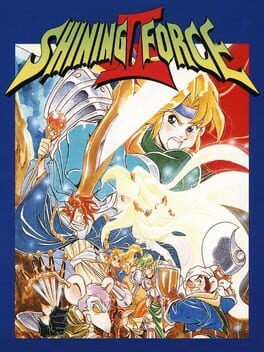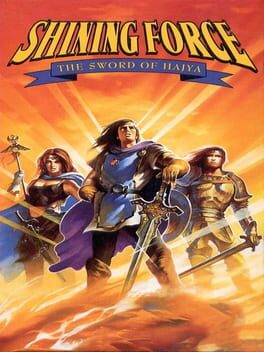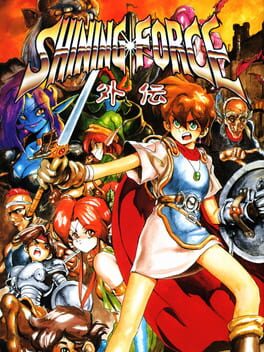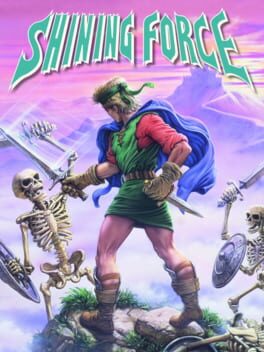

Dark Sol has vowed to reign over the enchanted Kingdom of Thornwood, and only you can stop him. Find the powerful Arms of Light and battle the deadly beasts that keep your people desperate and starving in this epic journey for peace. Roaming the dark Labyrinth, you'll seek out enemies and collect weapons, all of which will help you pass the test of the Ancients and become a shining knight. Get into the adventure with a stunning 3-D perspective, amazing cinematic views and fast-paced scrolling. You'll move from battle to battle, solving puzzles and discovering secret items in this engrossing struggle between good and evil.
Also in series
Reviews View More
A classic dungeon crawling adventure that eventually led to some of my favorite games of all time. I don't know how this game compared to other RPGs on release, but playing it well after the fact does feel like a bit of a relic from a forgotten age. That being said, I still enjoyed the setting and strange monsters you encounter. Traversing the labyrinthine halls does get a little tedious after a while, but I enjoyed the classic progression from squishy would-be adventurers to valiant heroes battling the odds to save the kingdom. Plus, that tavern music is so catchy!
